The Ultimate Guide to Gas Grills and Grilling Perfection!
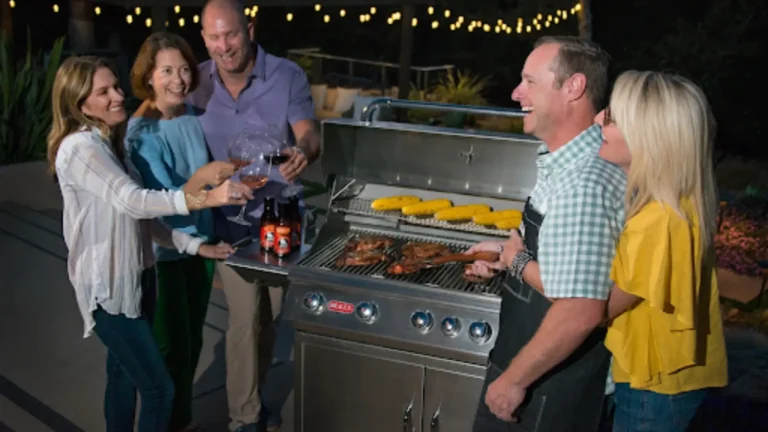
Grilling is more than just cooking food. It is a timeless tradition and a dance with fire. It gives you a chance to make incredibly tasty meals! Since the beginning of time, cooking over flames has been part of our story.
Today, we will explore the art of grilling. With this guide, you’ll become the ultimate master of gas grills! So fire up those grills, and let’s get started on this exciting adventure!
Setting the Stage for Success With Gas Grills!
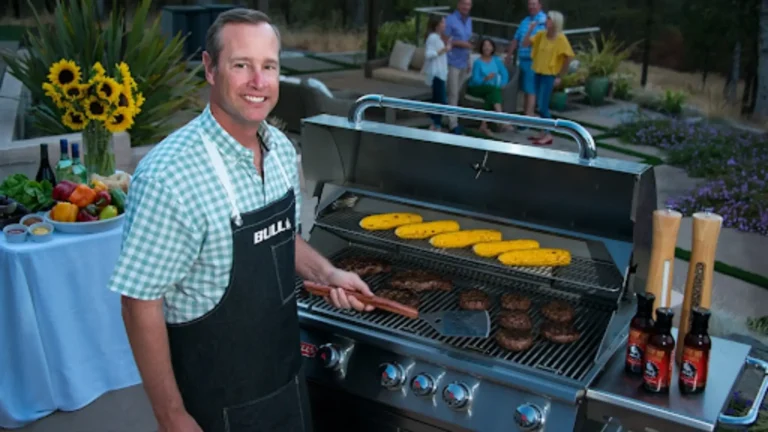
Understanding Your Gas Grills
First things first, let’s talk about your trusty grill! Gas grills are super convenient with easy temperature control, charcoal grills bring that amazing smoky flavor we all crave, and pellet grills are like the sweet spot of consistency and flavor. Knowing the ins and outs of your gas grill is the first step to mastering it!
Preheating Your Gas Grills
Preheating is absolutely KEY to grilling success! Think of it as giving your gas grill a proper warm-up before the main event. Always heat your grill with the lid closed; this will bring it up to your desired temperature quickly. Depending on your grill, it’ll take about 10-15 minutes to get it nice and hot. Aim for these temperature ranges:
- Low heat: 250-300°F
- Medium heat: 300-350°F
- Medium-high heat: 350-400°F
- High heat: 400-450°F
A hot gas grill ensures a beautiful sear on your food and prevents sticking, creating that delicious flavor.
Maintaining a Clean Gas Grill
Imagine cooking a gourmet meal in a dirty pan—yuck! The same goes for gas grills. Cleaning your grill is essential for pure, untainted flavor! Clean your gas grill while it’s still hot using a sturdy brush or balled-up foil held with tongs. Clean your gas grill immediately after each use for the best results.
Oil the Grill
Oiling your gas grill grates is crucial to prevent food from sticking. Instead of using cooking spray, which can cause flare-ups, try pouring oil onto a paper towel and using tongs to rub it on the grates.
Gas Grills Essential Grilling Techniques
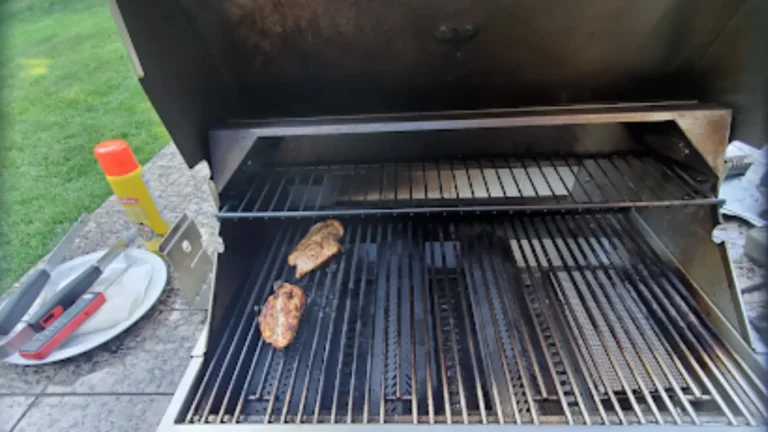
Direct vs. Indirect Heat: Mastering the Heat Zones on Gas Grills!
Understanding direct and indirect heat on a gas grill is a game-changer! Direct heat is cooking directly over the flames—perfect for smaller cuts of meat like burgers. Indirect heat means cooking with burners off under your food, allowing it to cook gently—ideal for larger meats like ribs.
The Importance of Not Moving Food: Patience is Key on Gas Grills!
Resist the urge to move food around your gas grill! Trust the process; most foods need only one flip for even cooking.
Lid Control: Keep It Closed on Gas Grills!
Opening the lid of your gas grill too much allows heat to escape. Keep it closed to maintain even heat and perfect results.
Using a Meat Thermometer: Food Safety First!
Food safety is paramount! An instant-read meat thermometer is your best friend on the grill. Use it to ensure your food reaches the correct internal temperature:
- Rare Beef: 125°F
- Well-Done Beef: 160°F
- Ground Beef Burgers: 160°F
- Pork: 145°F
- Chicken: 165°F
Also, remember that carryover cooking will raise the internal temperature by 5-10 degrees after removing it from the grill.
Flavor Enhancement: Marinades, Rubs, and Sauces!
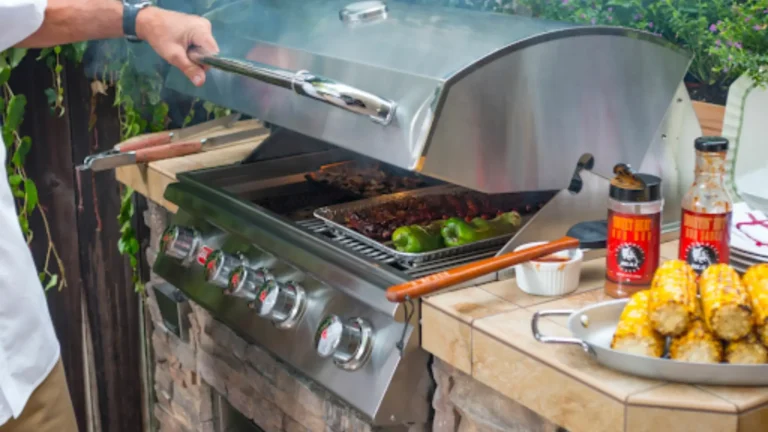
Marinades and Rubs: Infuse Your Food With Flavor!
Marinades and rubs are your secret weapons for taking your grilled food from good to spectacular! Marinades infuse flavor deep into the meat, while rubs create a delicious crust. Get creative and experiment with different spices, herbs, and liquids!
Adding Sauces and Glazes: The Finishing Touch!
Don’t add sauces or glazes too early! The high sugar content of most sauces can cause them to burn and stick to the grill. Add them in the last 5 minutes of cooking for items that cook in less than 30 minutes, and within the last 15 minutes for items that cook longer than that. This will give you the perfect caramelized finish.
Grilling Safety: Protecting Yourself and Your Food!
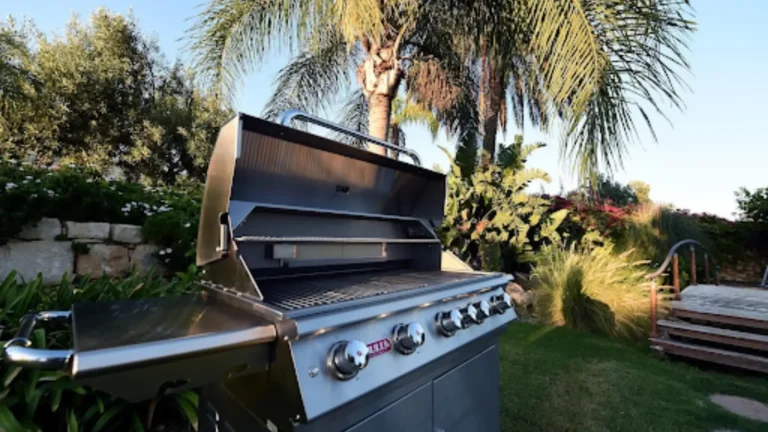
Avoiding Cross-Contamination
Prevent cross-contamination by using separate cutting boards and utensils for raw and cooked foods. Never reuse marinade that has touched raw meat, unless you boil it down to kill any bacteria.
General Safety Tips
Position your grill in a safe location, away from flammable materials, and always use heat-resistant gloves and utensils.
Troubleshooting Common Grilling Issues
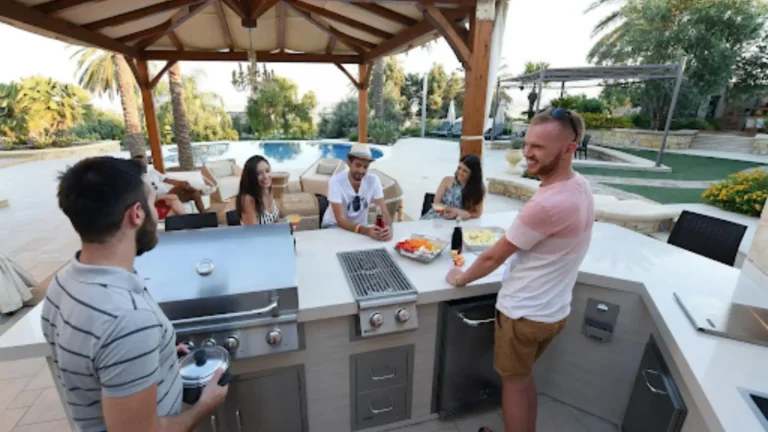
Handling Flare-Ups
Don’t fret if you see some flare-ups; just move your food to a cooler part of the grill or adjust the temperature.
Grilling in Windy Conditions
In windy conditions, position your grill in a sheltered area and monitor the heat carefully.
Maintaining Even Heat Distribution
In windy conditions, position your grill in a sheltered area and monitor the heat carefully.
Avoiding Dry Meat
Avoid overcooking your meat by using a thermometer and let it rest after grilling for juicy results.
Must-Have Grilling Tools
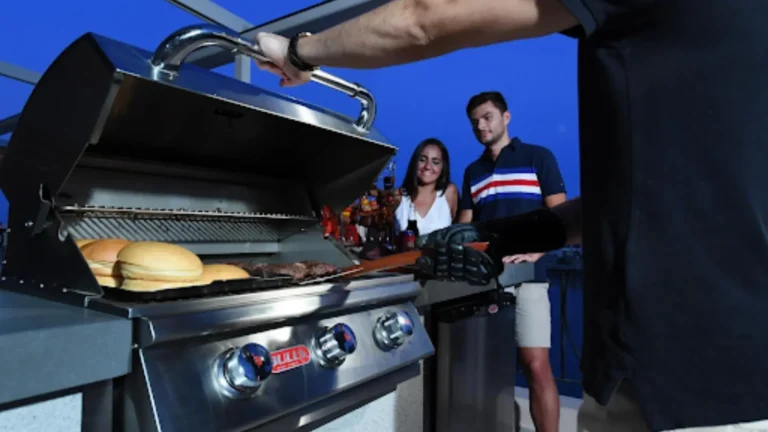
Essential Tools
- Tongs: for flipping and moving food.
- Spatulas: for lifting and maneuvering larger pieces.
- Grill brush: for keeping those grates clean.
- Grill basket: perfect for veggies and smaller items.
Optional Tools
- Heat-resistant gloves: for keeping your hands safe.
- Skewers: for making tasty kabobs.
- Meat claws: for shredding large pieces of meat.
Conclusion: You're Ready to Grill!
You’re now equipped with essential tips and techniques to grill like a pro—preheating, cleaning, oiling grates, and using a meat thermometer are key to success. Don’t hesitate to experiment with marinades, rubs, and sauces for flavorful meals.
Ready to take your grilling to the next level? Discover premium gas grills and accessories at Solana Grills. Visit the site or call (877) 399-6362 to find your perfect grill and create unforgettable cookouts with ease!


